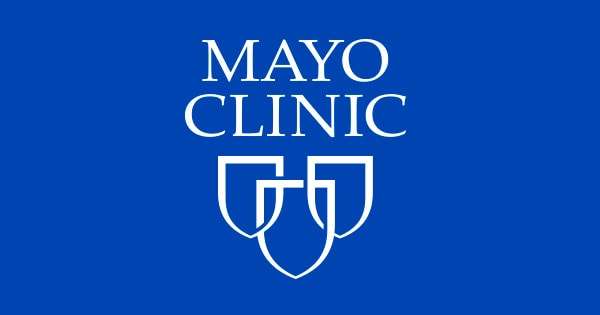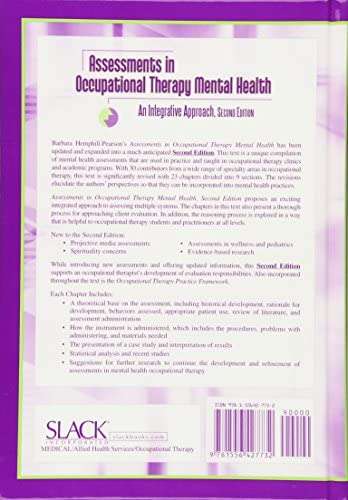SOMATIC MOVEMENT THERAPY
SOMATIC MOVEMENT THERAPY (SMT) PROGRAM
The intention of the Somatic Movement Therapy (SMT) Program is to offer the practitioner tools to work with groups and individuals to enhance mental, emotional, physical and biological functions in order to bring optimal well-being and healing. The program integrates non-dualistic tantric philosophy, embodiment practices, humanistic psychology, Mind-Body Medicine techniques, osteopathy, and somatic body-work therapies.
The term somatics is derived from the Latin word soma, meaning “the living body.” Somatics is an approach to experience that accesses the full intelligence of our body and the subtle conversation of our subconscious in order to actualize our potential and support a deep inner process of healing. Healing is the processes of returning to our experience of wholeness. This sense of flourishing and well-being can be achieved by a range of practices that are validating, clarifying and self-expanding such as recognizing one’s optimal potential and strengths, identifying boundaries, providing a felt sense of agency, finding more ease and efficiency within the muscles and joints of one’s body, or bringing consciousness into one’s experience of their own body. This felt sense of self, also known as Embodiment, leads to an experience of being comfortable in one’s own skin and therefore able to engage with life more fully. Ultimately this facilitates: self-awareness, boundaries, self-esteem, emotional regulation, empathy, enhanced cognitive processing, easeful decision making of complex situations, body related self confidence, a greater sense of self-control, enhanced intuition, and a feeling of being both authentic and interconnected with others and the environment.
A Somatic Movement Therapist fosters these benefits by empowering their students and clients to discover pathways, transmute obstacles, and build inner resources to reach their desired goals.
SMC® CEI Levels 1, 2 & 3 is a series of home-study courses that teaches Clinical Somatic Education self-care exercises, principles and theory as developed by Thomas Hanna. The courses are designed for highly motivated, self-driven students who are comfortable with distance learning.
These courses are intended for health and movement professionals such as physical therapists, occupational therapists, yoga instructors, fitness instructors, and personal trainers. The courses teach health and movement professionals how to instruct Clinical Somatics self-care exercises, and incorporate the exercises into their current practice.
Read this article to learn about the diverse ways in which SMC® CEI Instructors use Clinical Somatics to help their students.
Clinical Somatics exercises give health and movement professionals a highly effective way to help their clients and students who suffer from chronic muscle and joint pain, postural distortions, movement limitations, and many common musculoskeletal conditions. The exercises retrain the nervous system to release involuntary muscular contraction and change dysfunctional posture and movement patterns, undoing years of tension and pain.
If you have no background in movement or teaching, but are passionate about teaching Clinical Somatics, you are encouraged to enroll.
CEI Level 1 Course Tuition: $475 USD
Read the SMC® CEI Course Series Prospectus
Becoming a Registered Somatic Movement Therapist (RSMT)
Our program maintains the high standards of an Approved Training Program of the International Somatic Movement Education and Therapy Association (ISMETA). Our graduates meet all requirements to become Registered Somatic Movement Educators and Therapists.
LIFE Movement’s 500-hr. combined Trainings required to become a Registered Somatic Movement Therapist include:
Upon completion of all trainings listed above, graduates may apply to ISMETA to become Registered Somatic Movement Therapists. Upon registration, graduates have 2 years follwing their graduation to complete 150 practice hours with clients and students to maintain their registration.
For more information, please visit ISEMTA.org
Integrate body, mind, and movement in one of only seven dance therapy degrees approved by the American Dance Therapy Association. Since 1987, Naropa’s somatic counseling master’s degree program has helped future therapists harness the transformative potential of the mind-body relationship.
Naropa’s Master of Arts in Clinical Mental Health Counseling offers two concentrations in Somatic Counseling. The Dance/Movement Therapy concentration combines movement therapy with contemplative practice and clinical counseling, while the Body Psychotherapy concentration explores the body’s role in helping the mind develop and grow.
Students in the dance therapy master’s program gain clinical counseling skills and experience firsthand the healing potential of conscious movement sequencing. Graduates go on to become movement and dance therapists, individual and family therapists, outpatient psychotherapists, educators, and more.
Ease of Use
Dochub is a perfect editor for changing your documents online. Adhere to this straightforward guideline edit DANCE/MOVEMENT THERAPY CERTIFICATION BOARD, INC in PDF format online at no cost:
- Sign up and log in. Register for a free account, set a strong password, and go through email verification to start working on your forms.
- Upload a document. Click on New Document and choose the file importing option: upload DANCE/MOVEMENT THERAPY CERTIFICATION BOARD, INC from your device, the cloud, or a protected URL.
- Make changes to the sample. Take advantage of the upper and left-side panel tools to edit DANCE/MOVEMENT THERAPY CERTIFICATION BOARD, INC. Insert and customize text, images, and fillable areas, whiteout unneeded details, highlight the important ones, and provide comments on your updates.
- Get your paperwork accomplished. Send the form to other parties via email, create a link for quicker document sharing, export the sample to the cloud, or save it on your device in the current version or with Audit Trail added.
Discover all the advantages of our editor today!
You need a practice that allows all of your tissues to open and breathe. At Prajna Yoga, we designed a totally unique body of work to support ease, joy, and flow in the body. SATYA (Sensory Awareness Training for Yoga Attunement) is like a combination of dance, yin yoga, Feldenkrais, and myofascial release. This practice reduces fatigue by filling the body in prana. In order to sustain a practice for many decades, SATYA practice is a must.
Sensory Awareness Training for Yoga Attunement (SATYA) are movements that complement asana training. Yoga students and teachers, mind-body therapists, and people in the healing arts benefit greatly from this training.
There are three programs within the SATYA certification program where we practice fine articulated movement to open new pathways of perception and feeling. For students who want to become a Certified Prajna SATYA Teacher, you must attend SATYA 1-3, elective classes or lectures, and complete the outlined practicum to complete the 150 hour certification requirements.
Support Your Goals
Graduates of the Professional Training Program bring the Tamalpa Life/Art Process® into classrooms, businesses, hospitals, mental healthcare settings, hospices, prisons, and disadvantaged communities throughout the world. Your educational and career goals will determine which of the following certifications is best for you. Please see our degree pathways page for additional information about our university collaborations.
Certification as a Tamalpa Practitioner
Graduates of the program who have completed all 3 Levels of Professional Training, plus other requirements, and achieved a level of excellence and mastery in the personal embodiment and professional application of the Life/Art Process® are awarded the Tamalpa Practitioner Certification. A certificate for each level of the training program is also offered, which details the number of contact, lab, and practicum hours for each level completed.
Please see details about Requirements for Tamalpa Practitioner Certification here – Certification Requirements
Registration as a Somatic Movement Therapist/Educator
 Tamalpa Institute’s training program maintains the high standards of an Approved Training Program of the International Somatic Movement Education and Therapy Association (ISMETA).
Tamalpa Institute’s training program maintains the high standards of an Approved Training Program of the International Somatic Movement Education and Therapy Association (ISMETA).
As a participant in the Tamalpa training program, you can simultaneously join ISMETA as a Student Member, making your eventual transition to Registered Somatic Movement Educator (RSME) and/or Registered Somatic Movement Therapist (RSMT) simple and seamless, with no application fee or paperwork. Because you are studying here at Tamalpa Institute, your registration with ISMETA as an RSME/RSMT is guaranteed once you have received your Tamalpa Practitioner certificate. Read more here about registering with ISMETA as a Tamalpa graduate.
You can join ISMETA as a Student Member ($25 annually) and begin receiving their monthly newsletter, deals and discounts on workshops, professional journal subscriptions, books, continuing education programs and more.
For more information about the registration process with ISMETA visit the ISMETA website.
Browse through this page to find a link to guidelines for choosing registration type (RSME vs. RSMT or dual).
More Information: (413) 446 6009
Email: [email protected]
Website: www.ismeta.org
Registration as an Expressive Arts Therapist or Expressive Arts Consultant/Educator.
This registration is offered by the International Expressive Arts Therapy Association (IEATA). Additional requirements apply such as a M.A. in Psychology, Arts, or Education.
More Information: (415) 522-8959
Website: www.ieata.org




